January 29, 2019
An Arctic blast heading our way this week has already made Siberia (-8 F) seem like a relatively balmy alternative to Chicago (-50 F). Today wasn’t too bad here but the forecast is for rain, sleet, black ice, freezing temps, and maybe even some snow. Concurrently, the Trump Russia saga is heating up with the upcoming sentencing of Paul Manafort and the Congressional testimony of Michael Cohen, closely following the arrest of Roger Stone last week. The Mueller investigation has resulted in many indictments including an even dozen Russian intelligence officers. It was against that backdrop that the KGB Museum opened last month in Chelsea and today the Gazette paid a visit.
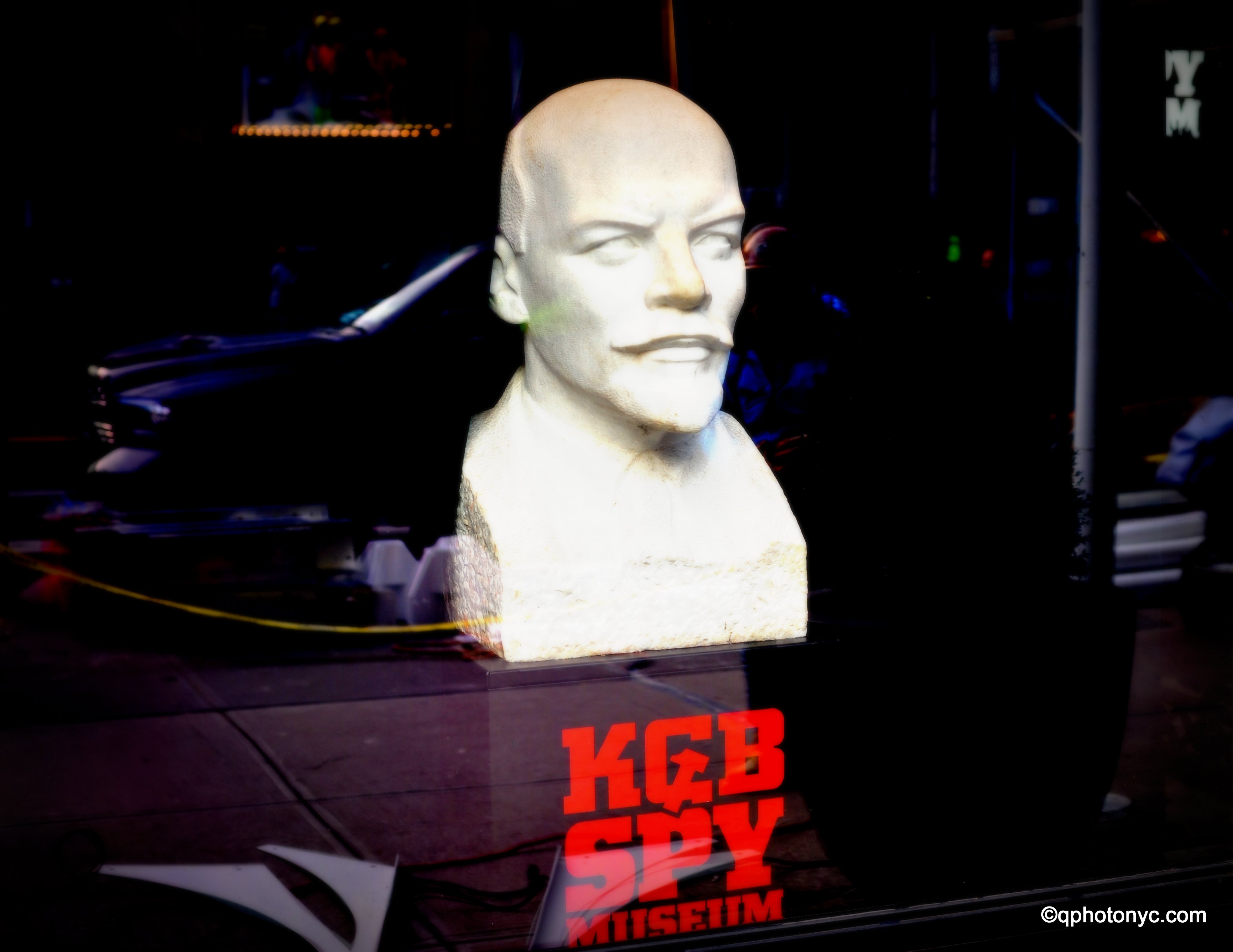
The first thing a visitor notices is a huge bust of Uncle Joe Stalin on the sidewalk outside the Museum. In the window there’s one of Vladimir Lenin. These two faces may be unrecognizable to some of the youngish passersby on West 14th Street, having been born after the dissolution of the Soviet Union in 1991. But for those who grew up during the Cold War listening to tales of secret police, constant surveillance, and religious persecution in Russia, the initials KGB evoke images of honey traps and shoe phones. Most of our KGB memories are probably based on Bond films, and TV shows like The Man From U.N.C.L.E, and I Spy, but whatever. Even MAD Magazine got onboard with the classic comic Spy vs Spy. So an opportunity to finally see some real KGB gear up close was irresistible.
UV light, thermometer, night vision, code machine, spy cameras.
Upon entering we were greeted by three friendly Museum staffers who invited us to look around and offered to answer questions about the exhibit. One of them, Sergey Volosav, gave us a tour. Sergey is a former police officer from St. Petersburg and he witnessed the breakup of the Soviet Union. He spoke with pride about the capabilities of the KGB. One part of the exhibit displays various spy cameras.
This tiny cam was hidden behind a wooden plaque with the Great Seal of the USA carved on its face, with a little hole you’d never notice near the eagle’s beak!

Another one looked almost like a rifle because it was so long, but it was really a camera designed to take pictures through a hole in a thick wall.
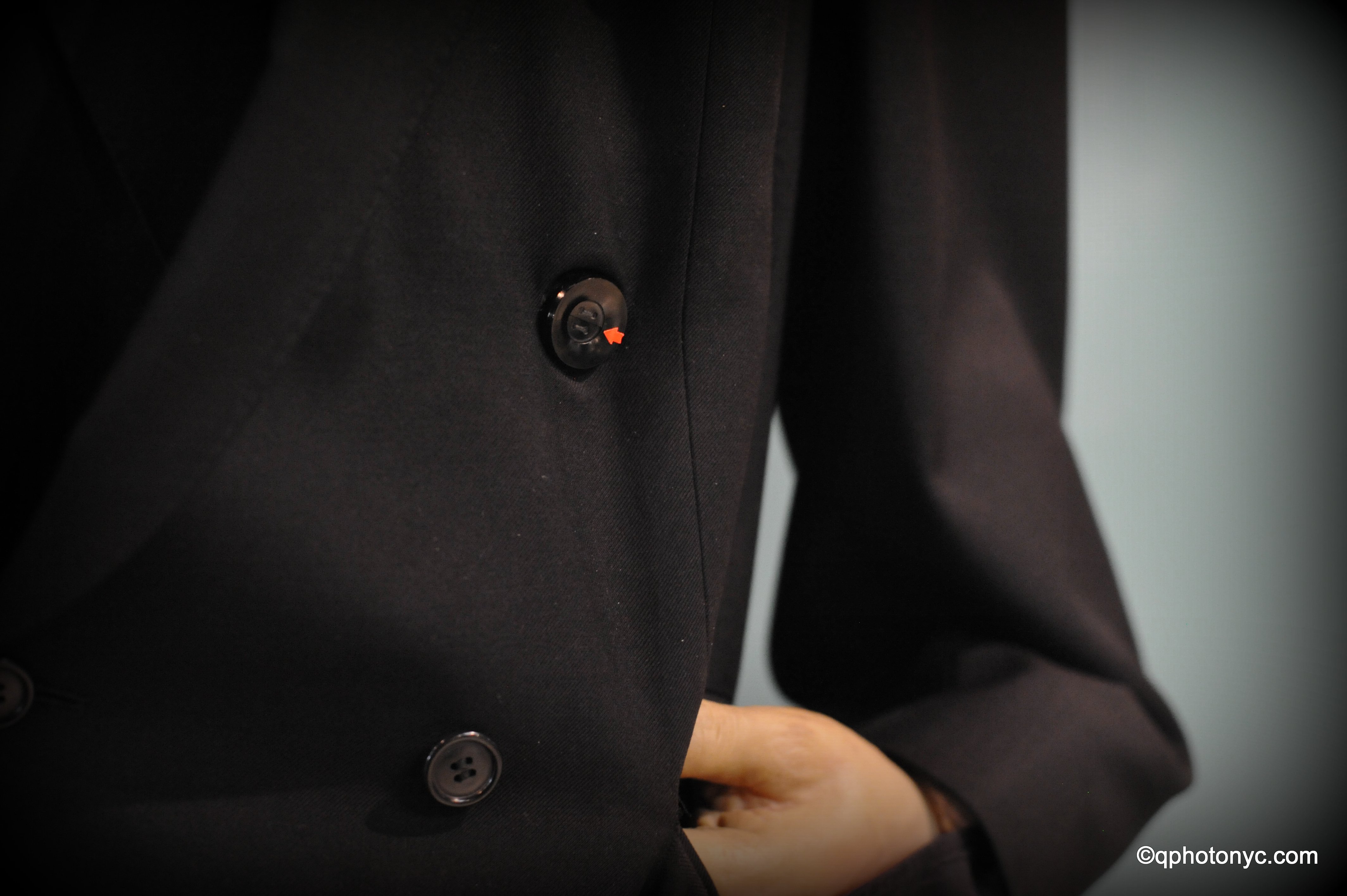
Here is a camera hidden in an agent’s coat button that connects to a bulb release so he can trip it from his pocket! Several ordinary looking cigarette packs are really cameras. There’s a night vision camera and an ingenious rig that once transmitted a video signal on phone lines from Kiev so agents could monitor in Moscow. This was years before the internet made such a feat commonplace!

We asked Sergey what about the one hidden inside this tree trunk? Wouldn’t somebody notice if a tree just suddenly appeared one day where one had not existed the day before? Or would the target need to be somehow lured into range to get a shot? “Believe me,” he said shaking his head slowly, “if they wanted to get a shot…well, they were very good.”

It’s an impressive collection of early tech. Everything’s analog of course, and mostly made of sturdy metal, evidently either built by hand or manufactured in limited runs. Compact wire recorders that predate magnetic tape and are the size of a paperback novel and a special phone jack to thwart bugs are on display.
The Museum also features some Soviet era posters presumably intended to keep the proletariat inspired throughout the KGB years. In one room the guidelines for interrogation are displayed.
“Situation: You have a counterrevolutionary, the enemy of the people, actively working against the Soviet power, in front of you.
“The accused must feel his situation. Do not let him talk too much, and even more – do not let him to persuade. In reply to his allegations that he is an honest and innocent man, you should constantly claim that he is a scoundrel, a slug, a traitor, an enemy of the people…”
Why does this sound so familiar?

Woman wearing a straitjacket.
A visit to the KGB Museum is a trip down memory lane, back to an age when surreptitious surveillance was the exclusive work of espionage pros. The analog gear is beautiful to behold. In fact, many of the technologies of that era have by now become ubiquitous in America. We fret about data theft, hot miked iPhones, and facial recognition as the price we pay for modern convenience or something. The KGB studied books of facial features to become experts at recognition, we use AI now.
Things we once believed only happened in the Soviet Union are now our everyday life in the USA. We’re constantly observed wherever we go, be it by video cameras or license plate readers, or by the trail we leave as we swipe our way through shops cashlessly. Our expectation of privacy is practically non-existant at this point and this exhibit really underscores that change. If some of these spy tools seem kind of blatant to us it’s because we expect to be spied on, but in the background please, so we can mostly ignore it. People here didn’t think like this in the 60s! The KGB Museum is an important reminder that it wasn’t always like this in America. Go and see for yourself!
The KGB Museum:
New York, NY 10011
917.388.2332
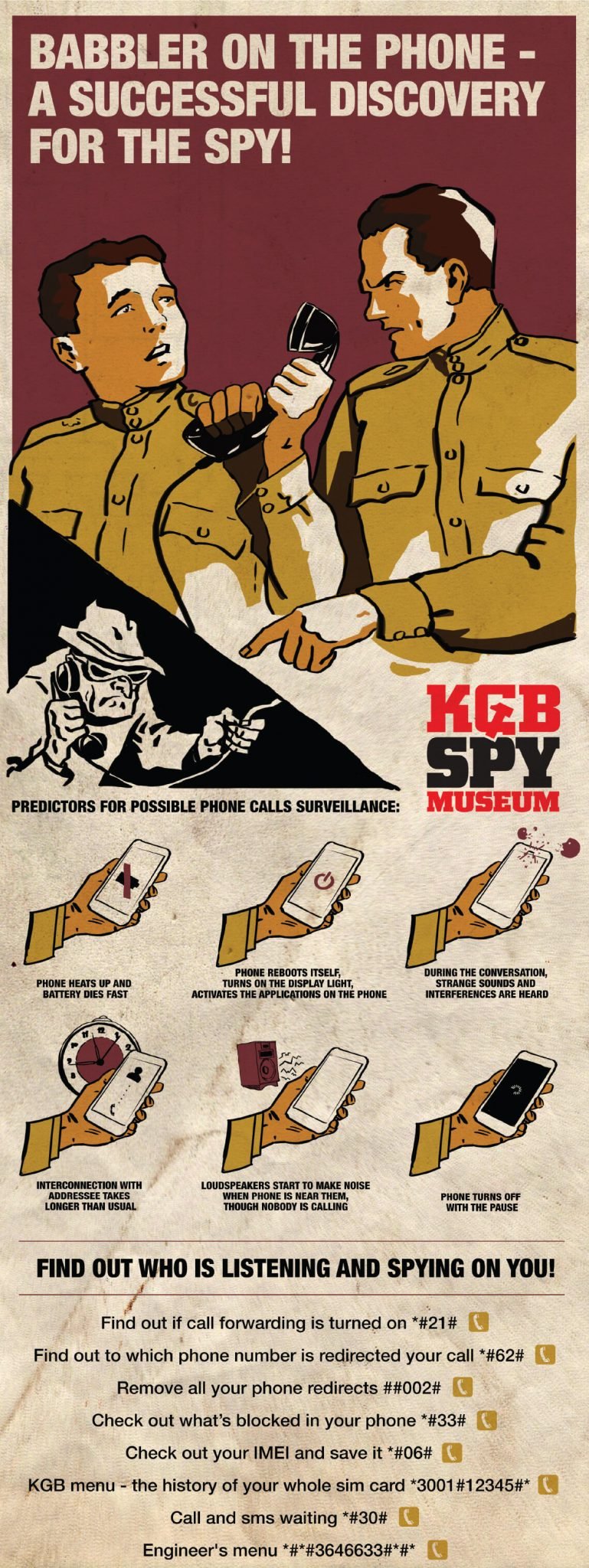

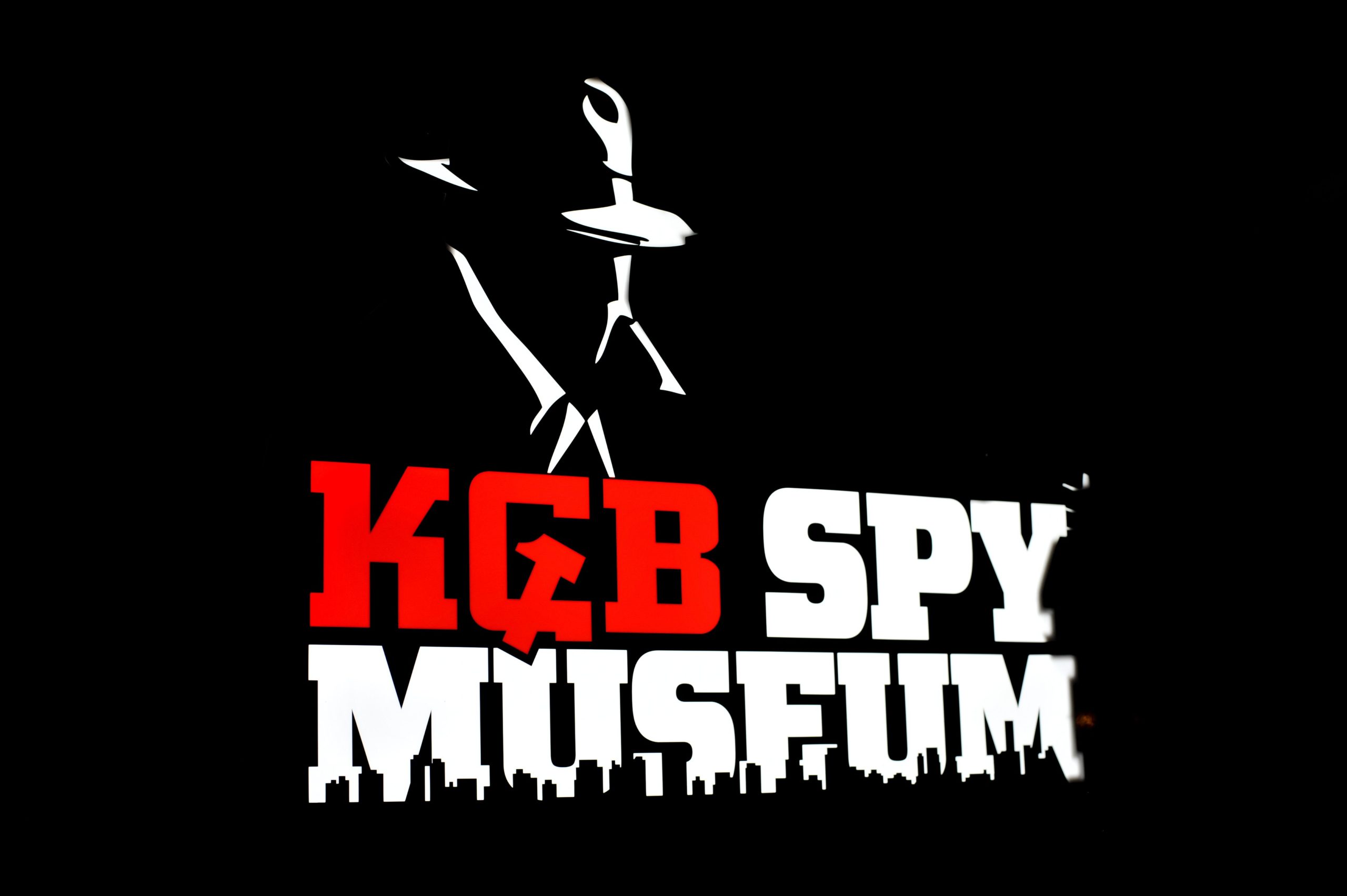
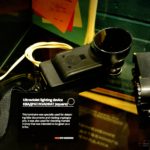
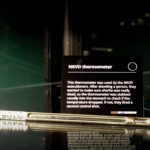
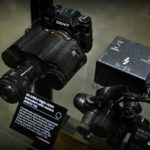
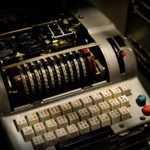
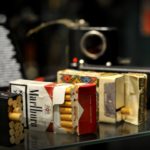
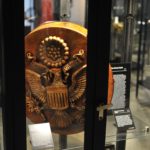
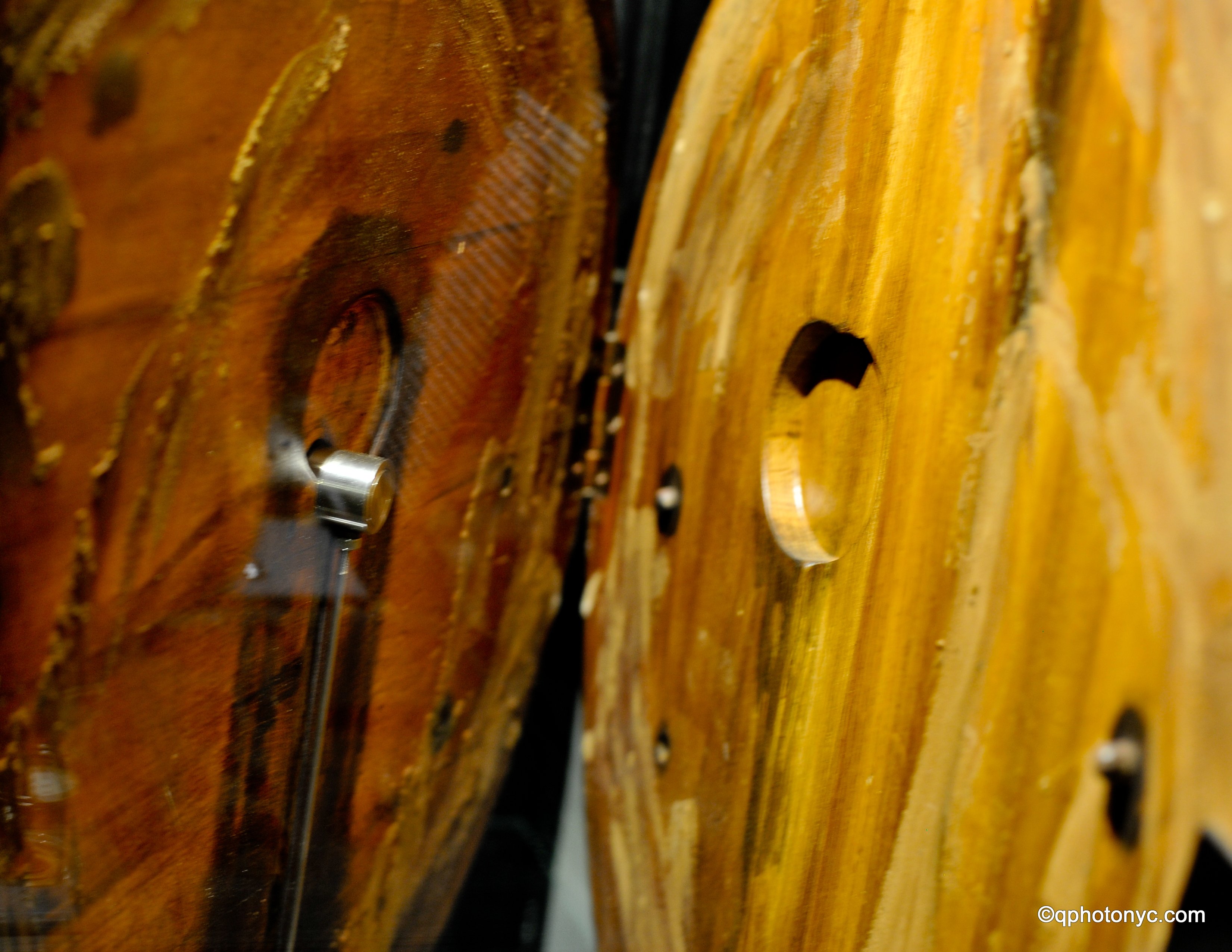
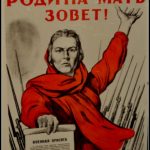


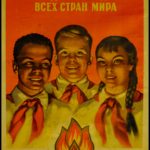
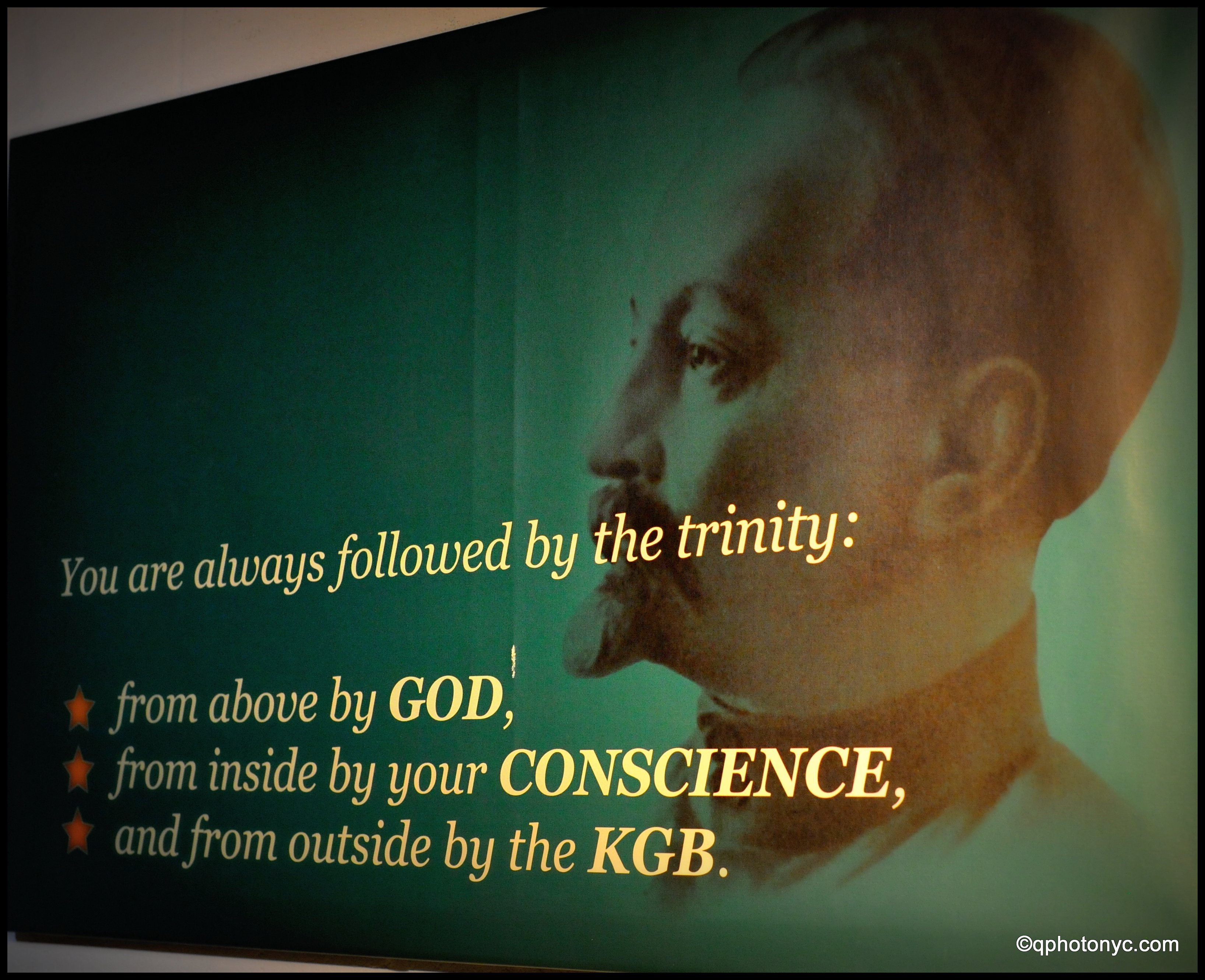
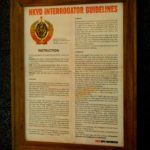

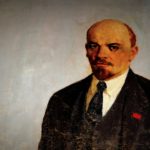
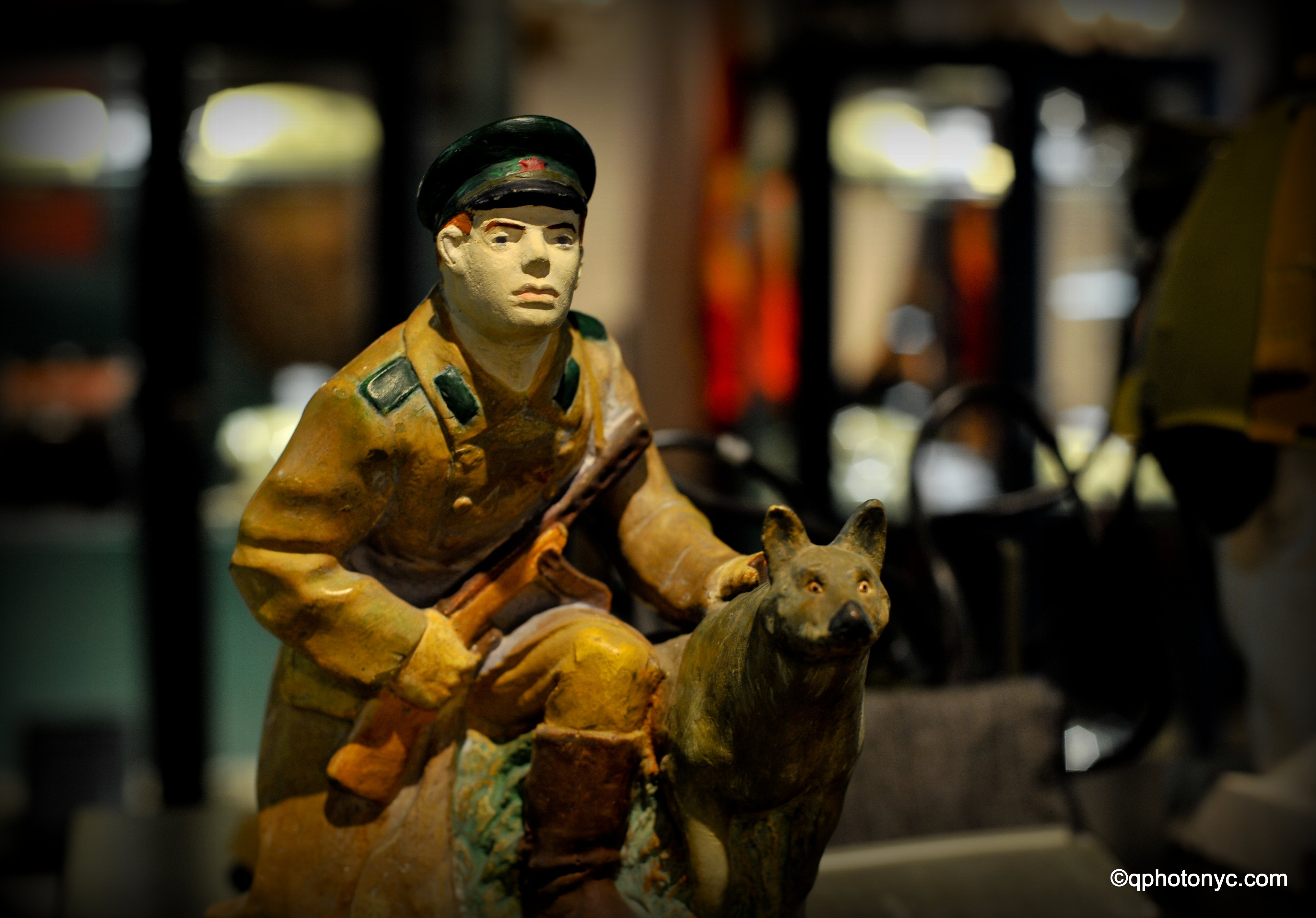
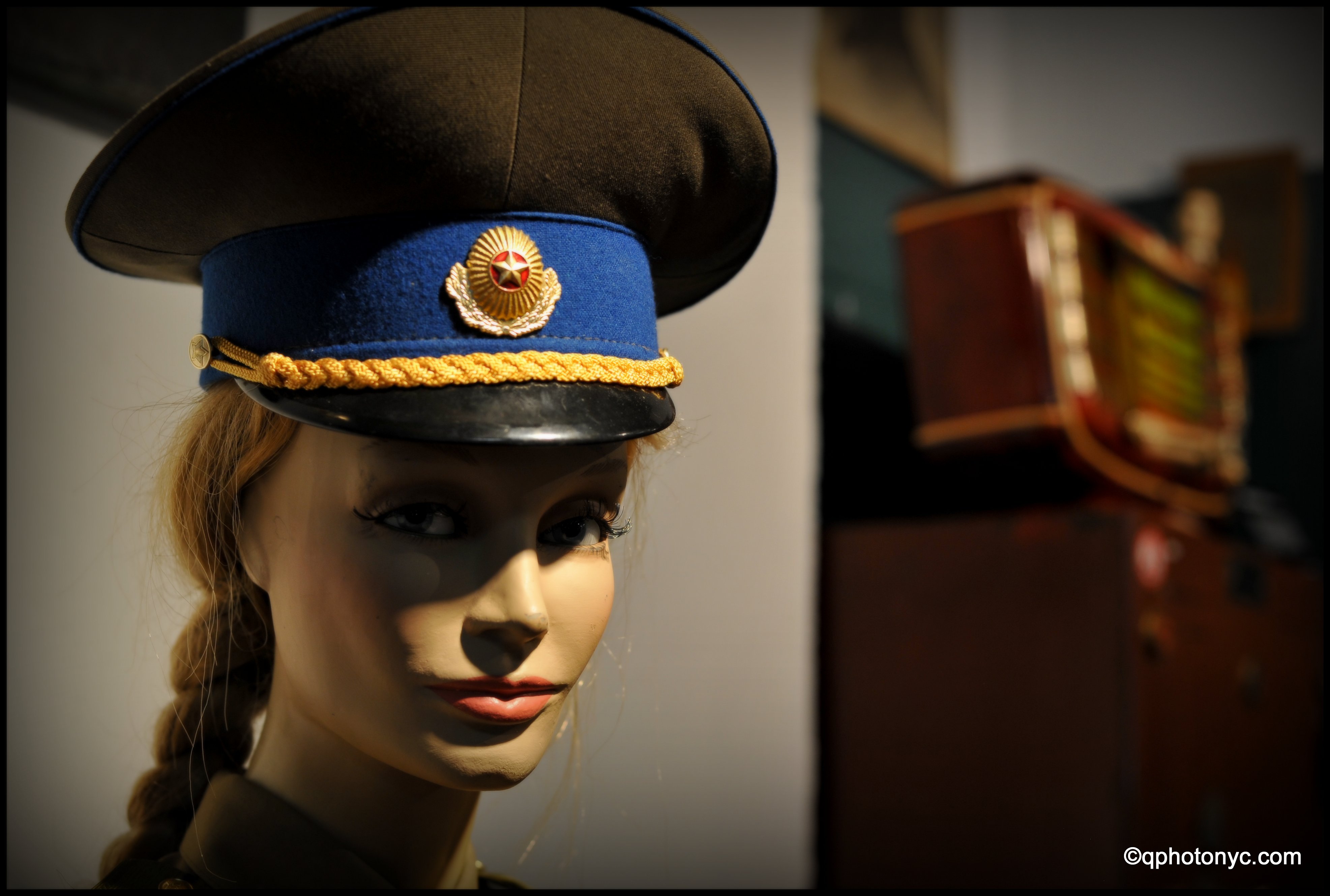

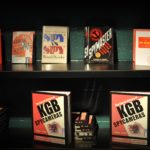
1 Comment
Comments are closed.